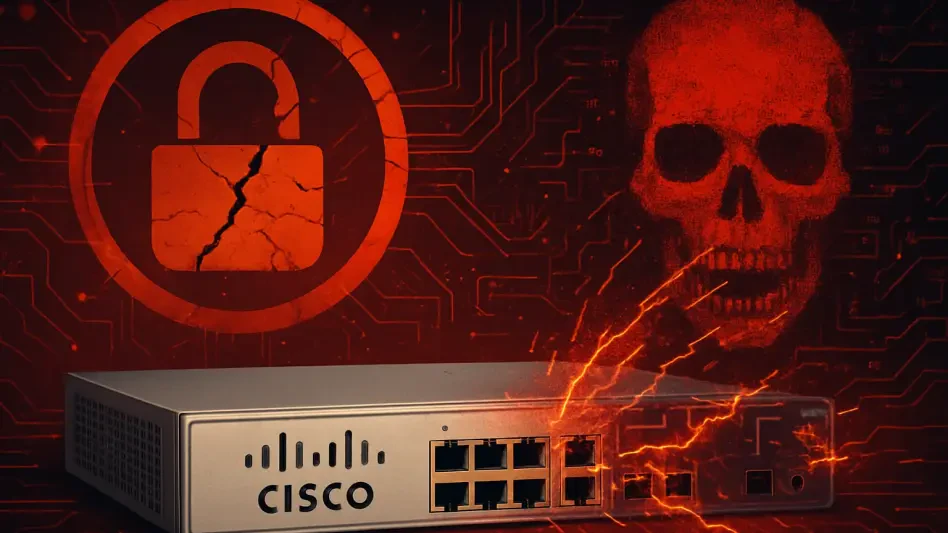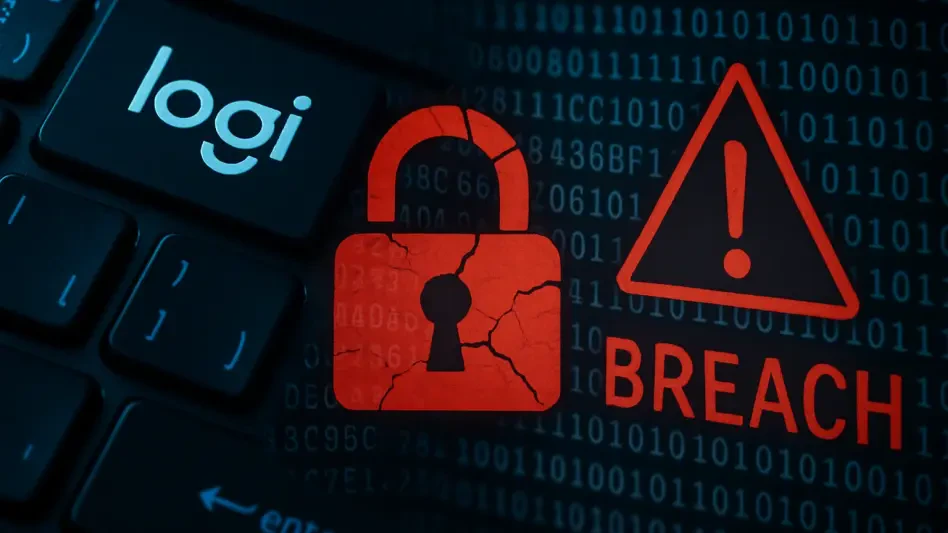In an era where cyber threats loom larger than ever, network security appliances stand as the first line of defense for countless organizations, from federal agencies to private enterprises. Consider the staggering statistic that over 60% of critical infrastructure breaches in recent years have exploited unpatched vulnerabilities in gateway devices, highlighting the urgent need for robust protection. Among these, Cisco Adaptive Security Appliance (ASA) and Firepower devices are pivotal, safeguarding sensitive data and ensuring secure communication across networks. Yet, the recent discovery of zero-day vulnerabilities in these systems has sent shockwaves through the cybersecurity community, raising urgent questions about their reliability and the broader implications for organizational safety. This review delves into the intricacies of these technologies, dissecting their strengths, exposing their critical flaws, and evaluating their performance under the shadow of active exploitation.
Understanding the Core of Cisco ASA and Firepower Technology
Role in Network Security Architecture
Cisco ASA and Firepower devices serve as foundational elements in modern network security frameworks. Designed to act as firewalls and threat defense systems, they manage access control, filter malicious traffic, and provide secure VPN connectivity for remote users. Their integration into enterprise and government networks positions them as gatekeepers, protecting against a wide array of cyber threats while enabling seamless communication. The robustness of their feature set, including deep packet inspection and intrusion prevention, has made them a preferred choice for organizations requiring stringent security measures.
Target for Sophisticated Threats
Despite their critical role, these devices have become prime targets for advanced threat actors due to their widespread deployment and the devastating impact of a successful breach. The very nature of their function—sitting at the network perimeter—makes them attractive entry points for attackers seeking to infiltrate systems. As adversaries evolve their tactics, focusing on pre-authentication exploits and zero-day vulnerabilities, the pressure on Cisco’s technologies to maintain ironclad defenses has intensified, setting the stage for a deeper analysis of their current vulnerabilities.
Detailed Analysis of Features and Flaws
Strengths in Design and Functionality
At their core, Cisco ASA and Firepower devices offer a comprehensive suite of security features that cater to diverse organizational needs. Their ability to combine firewall capabilities with advanced threat protection, such as malware detection and sandboxing, provides a layered defense mechanism. Scalability is another key strength, allowing these systems to support small businesses and large-scale federal networks alike. Additionally, their user-friendly interfaces and integration with other Cisco solutions facilitate efficient management, even in complex environments, ensuring that security teams can respond swiftly to emerging threats.
Critical Vulnerabilities Exposed
However, recent findings have uncovered severe vulnerabilities that undermine these strengths. A notable zero-day flaw, identified as enabling remote code execution, allows attackers to gain unauthorized access to systems with devastating consequences. This vulnerability persists through reboots, rendering temporary fixes ineffective and exposing networks to continuous risk. Federal agencies and private entities relying on these devices face an immediate threat, as malicious actors actively exploit this gap to compromise sensitive data and disrupt operations.
Privilege Escalation Risks
Compounding the issue is a separate flaw that facilitates privilege escalation within compromised systems. Once attackers gain initial access, this vulnerability permits them to elevate their permissions, potentially taking full control over affected devices. The technical complexity of mitigating this threat, combined with its active exploitation in real-world scenarios, highlights a significant lapse in the security architecture of these appliances. The persistence of such flaws reveals a critical need for robust patch management and proactive defense strategies.
Performance Under Threat
When evaluating performance, the impact of these vulnerabilities cannot be overstated. While Cisco ASA and Firepower devices excel in stable, uncompromised environments, their effectiveness diminishes significantly under active attack. The lag in patch deployment—often due to organizational oversight or operational constraints—creates a dangerous window during which systems remain exposed. Reports of breaches across various sectors underscore a troubling reality: even well-configured systems can fall prey to sophisticated adversaries who weaponize flaws before updates are applied.
Industry Trends and Real-World Implications
Evolving Cyber Threat Landscape
The broader cybersecurity landscape provides crucial context for understanding the challenges faced by Cisco’s technologies. A notable trend is the shift toward pre-authentication exploits, where attackers bypass traditional safeguards to strike at the heart of network defenses. Sophisticated threat actors closely monitor security updates, exploiting vulnerabilities in the interim period before patches are widely deployed, a tactic often referred to as patch-gap exploitation. This dynamic places immense pressure on vendors and organizations to accelerate their response times.
Impact Across Sectors
The real-world implications of these vulnerabilities span multiple industries, with federal agencies and private corporations bearing the brunt of the fallout. Breaches in government networks have led to unauthorized access to classified information, while private sector disruptions have resulted in significant financial losses and reputational damage. These incidents serve as stark reminders of the cascading effects a single flaw can have, disrupting operations and eroding trust in critical security infrastructure.
Challenges in Mitigation Efforts
Mitigating these risks presents formidable challenges, particularly in the realm of compliance and implementation. Despite clear directives from authoritative bodies to apply patches immediately, many organizations struggle with timely updates due to systemic issues in patch management. Technical hurdles, such as the persistence of flaws through system restarts, further complicate remediation efforts. Addressing these gaps requires not only technical solutions but also a cultural shift toward prioritizing cybersecurity at every level of operation.
Looking Ahead: Verdict and Recommendations
Reflecting on this comprehensive evaluation, it becomes evident that Cisco ASA and Firepower devices, while powerful in their design and functionality, stumble under the weight of critical zero-day vulnerabilities. Their performance in stable conditions is commendable, but the active exploitation of flaws exposes significant weaknesses that demand urgent attention. The severity of remote code execution and privilege escalation risks paints a concerning picture for organizations dependent on these systems for network security.
Moving forward, immediate action proves essential to safeguard affected networks. Organizations need to prioritize the deployment of patches without delay, ensuring verification of updates to prevent false assurances of security. Adopting defense-in-depth strategies, such as limiting access to privileged endpoints and enhancing monitoring for unusual activity, emerges as a vital step to bolster resilience. Additionally, fostering collaboration between vendors, cybersecurity agencies, and enterprises can drive the development of more robust solutions to counter evolving threats.
As the cyber landscape continues to shift, a proactive stance remains the best defense. Investing in advanced threat detection tools and refining patch management processes should stand as key priorities for the years ahead, particularly from 2025 to 2027, to anticipate and mitigate future risks. By addressing these vulnerabilities head-on, the industry can restore confidence in critical security appliances and build a stronger foundation for protecting vital infrastructure against sophisticated adversaries.








